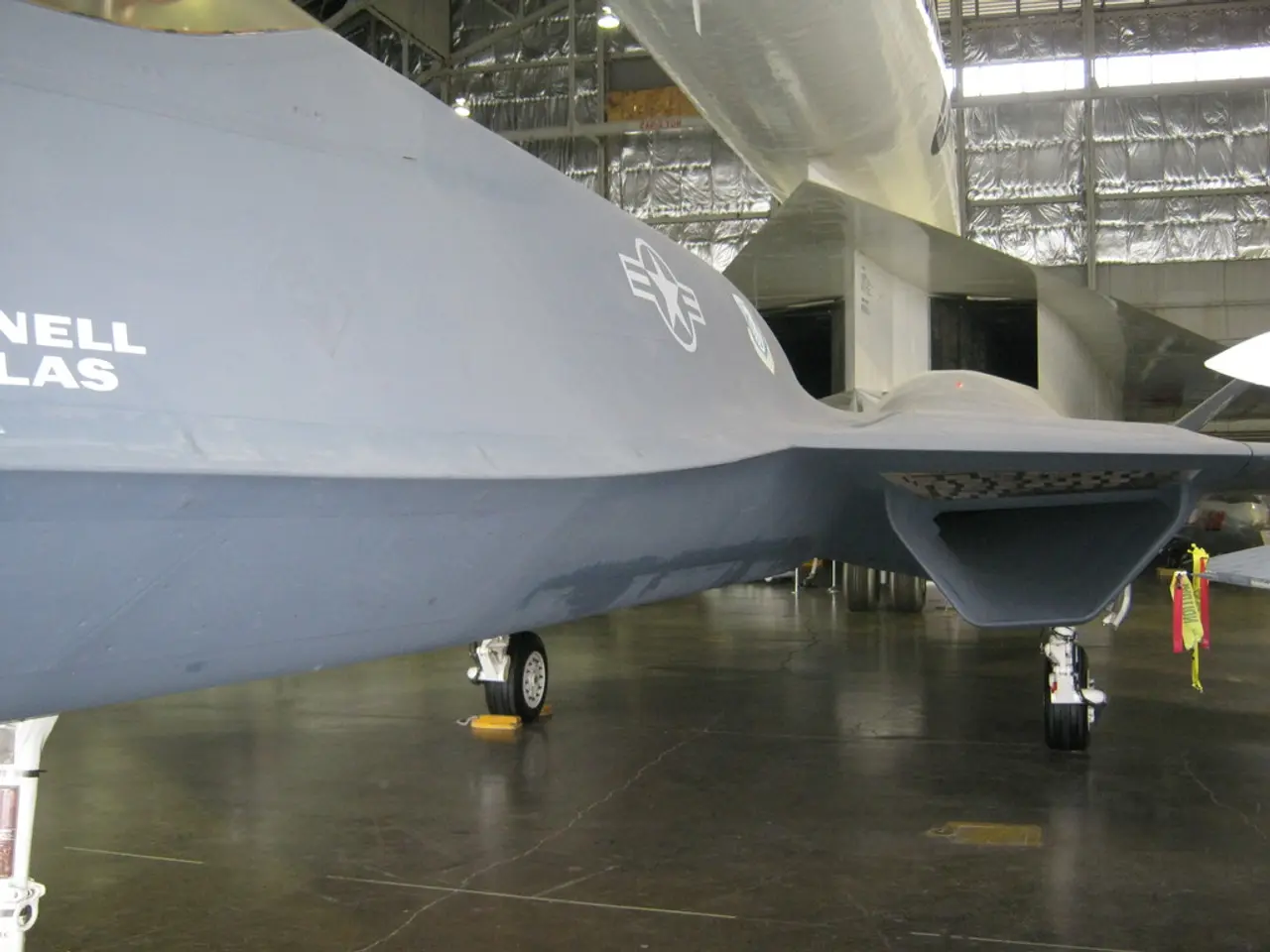Airline provisions of food and drinks pose potential health risks
In the skies, the taste of your meals may not be as innocent as it seems. A recent investigation has revealed that airlines add excessive amounts of salt and sugar to their in-flight meals, primarily to compensate for the diminished taste sensitivity at high altitudes.
At cruising altitude, the lower cabin pressure and dry air can reduce passengers' ability to taste flavours by up to 30%. This is due to the environment inside the plane, which features low humidity and pressure, causing taste buds to be less responsive. To enhance the perceived flavour and make meals more palatable, airlines significantly increase the salt and sugar content[3][5][1].
While this tactic may improve flavour perception, it introduces important health risks. Excess salt intake can raise blood pressure, increasing the risk of heart attacks, strokes, and other cardiovascular issues, especially for frequent flyers[1]. High sugar content can cause blood glucose spikes and contribute to weight gain, raising the risk for type 2 diabetes[1].
Moreover, salt can cause dehydration, which is a particular problem on planes where the air is already dry, leading to discomfort and bloating since movement is limited[2]. Frequent consumption of high-salt and high-sugar foods during travel can exacerbate chronic health problems and reduce overall well-being[1][2].
To mitigate these risks, some experts recommend bringing healthier snacks and staying well-hydrated while flying. Reducing added salt and sugar in meals would make them healthier and avoid these negative effects, but would require addressing the challenges of taste perception at altitude[1][2].
Tomato juice is a safer alternative for hydration on flights due to its umami-rich makeup, and bottled water is generally advised[2]. It's also worth noting that plane tap water should be avoided due to potential contamination, as indicated by several scientific studies and polite signs next to aircraft taps[2].
Flight attendant Celina Bedding also advises avoiding airline food as much as possible, suggesting that passengers opt for salad or fruit salad instead of pasta or toasties[2]. The meals served on flights are often mediocre and high in salt and sugar[2].
When it comes to seating, sitting up front on a plane can provide a better meal due to food service starting from the nose of the aircraft. The forward rows offer a higher chance of getting a preferred meal choice, especially if two meal options are available[2]. However, priority boarding does not guarantee a better meal choice compared to sitting in the front rows of a plane[2].
In conclusion, airlines add excessive salt and sugar to counteract the reduced taste sensitivity caused by the plane’s low pressure and humidity. Although this improves flavour perception, it introduces important health risks for passengers, especially those who fly often or have pre-existing conditions[1][3][2]. To ensure a healthier flight experience, passengers are encouraged to make mindful food choices and stay hydrated.
- Passengers may find healthier meal options by opting for salad or fruit salad instead of pasta or toasties, as suggested by flight attendant Celina Bedding, to avoid the high salt and sugar content often found in airline food.
- The use of umami-rich tomato juice as a hydration source and bottled water is advised during flights, as they are safer alternatives compared to plane tap water, which may be contaminated.
- To mitigate the risks associated with high salt and sugar intake during travel, some experts recommend bringing healthier snacks, staying well-hydrated, and reducing added salt and sugar in meals while addressing the challenges of taste perception at altitude.




